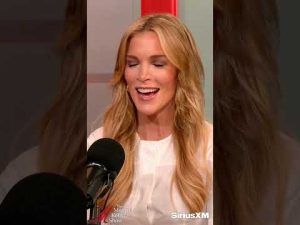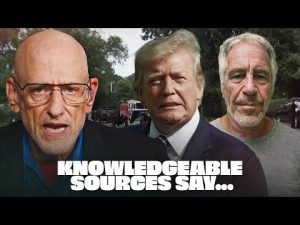President Trump’s ongoing clash with the Federal Reserve is shaping up to be one of the most discussed topics in economic circles. Many in the mainstream media try to frame this as President Trump being a bully, pitting the “big bad” president against the independent and noble Jerome Powell, the Fed’s chairman. However, history tells a different tale about the relationship between presidents and the central bank. Indeed, this isn’t President Trump’s first rodeo in taking on the Federal Reserve, nor will it be the last.
Throughout history, several other presidents have had their fair share of tussles with Fed chairmen. It’s not just a quirk of Trump’s personality. Leaders like Reagan, Bush 41, and Clinton found themselves embroiled in economic disagreements, usually because they were frustrated by the Fed’s decisions. It’s only natural that a president would be concerned about policies that may hinder economic growth. After all, if the Fed tightens the money supply, it can lead to a recession, and no commander-in-chief wants to inherit that disaster.
The Federal Reserve has long maintained a belief that economic prosperity leads to inflation, and the cure for that inflation is to clamp down on economic activity. Unfortunately, this approach often feels like using a sledgehammer to crack a nut. Instead of stabilizing the dollar’s value, the Fed’s tactics lead to swings that look more like a rollercoaster than a steady pathway to prosperity. A better solution would be a focus on maintaining a stable dollar, perhaps using gold and a broad index of commodities to measure that stability.
Interestingly, the current pull-and-tug between the White House and the Fed merely scratches the surface of past confrontations. Take World War II, for instance, when the Fed agreed to keep interest rates low to finance the war effort. However, when the Korean War loomed, the Fed decided to pull back on that arrangement, fearing rampant inflation. President Truman and his Treasury team weren’t happy about that at all. Their alliance frayed, resulting in a showdown that involved a change in leadership at the Fed. Truman’s feelings ran particularly deep due to personal experiences with high-interest rates.
Fast forward a couple of decades, and the tensions didn’t let up. President Johnson had a heated encounter with the Fed head in 1965 over inflation worries resulting from his massive spending. Johnson, a notable figure in stature and temper, famously took matters into his own hands, literally, by confronting the Fed chairman and pushing for his compliance. By the time the early 1970s rolled around, Nixon joined the fray, using questionable tactics to pressure the Fed to boost the money supply before an election. These moments in history show us that Fed heads may have been right in their judgments, but presidents often faced pressures that drove them to push back, sometimes causing more harm than good.
It seems clear that in this current chapter of economics, President Trump finds himself walking a tightrope, trying to steer the economy amid turbulent waters stirred by the Fed’s policies. Trump’s criticism is not just about political posturing; it’s an acknowledgment that the Fed’s approach might be counterproductive. If history has taught us anything, it’s that the Fed and the White House will continuously engage in their dance of economic strategy. The hope is that, moving forward, the Fed will recalibrate its mission to stabilize the dollar rather than play puppet master with the economy, thereby giving future presidents fewer reasons to clash with them. The economic arena is much easier to navigate with a solid foundation rather than back-and-forth turmoil.
In conclusion, President Trump’s feud with the Federal Reserve isn’t merely a reflection of modern politics; it’s a continuation of a historical saga where presidents grapple with the complexities of economic management. One day, hopefully, it’ll be less about fighting and more about cooperating for the growth and stability that the American people deserve. Until then, folks will stay glued to their screens, eager to see who blinks first in this ongoing economic showdown.







